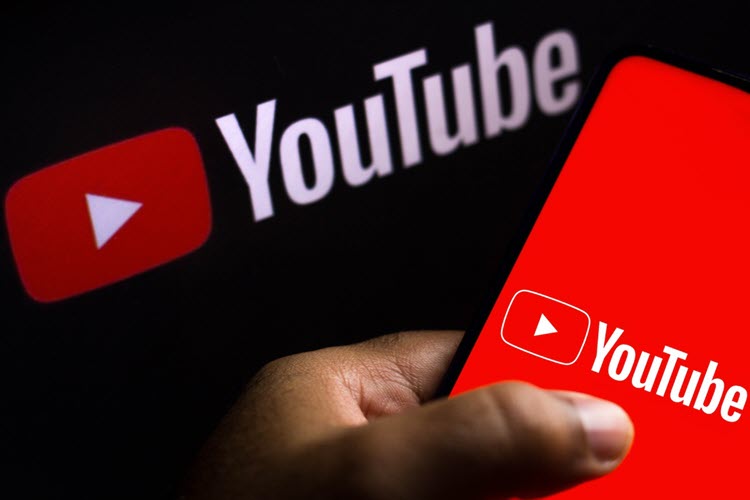What is the essence of core content?
Core content is very special content. It is vital to your online content marketing efforts and significantly relates to your main message about who or what you are.
Core content acts in some ways as an aspect of your branding. It is foundational as it communicates a key value that your brand can offer.
The best content marketing efforts have many different aspects to their message. The opportunities to produce content for specific reasons are many.
You may want to produce how-to content that explains to clients and potential clients how to gain the most value from what you offer.
You may want to reach a high level in the search results for multiple keywords and produce content marketing materials to reach the search engine positioning objectives
You may want to impress potential clients with your business’s expertise and produce an eBook related to your core competencies to demonstrate this to these potential clients.
The content marketing opportunities are endless.
Since there are so many worthy opportunities, it can be challenging to know when and where various content comes into play and how these content pieces relate to your business strategy and objectives.
However challenging as it may seem, you must figure this out.
You need a methodical and structural way to organize all your brand and marketing content. Higher content levels are rooted in your brand experience, while lower content levels support the higher levels strategically and functionally.
OK, What Is Core Content?
Core content can sometimes be subjective. What value does your company or organization offer? If you ask multiple people who you think may be in a position to know, you may get multiple (and different) answers.
Maybe your website is a website design service, but you attract clients with your excellent search engine optimization work. You attract clients with explanations of what you do by having a significant presence on YouTube. Your website is important, but your brand lives and thrives on YouTube.

You, therefore, place a premium on video content even though the video content which is on your website does not do too much of the heavy lifting. Rather, your YouTube channel produces most of the clients who are essential to your business.
Here is another example.
You are an SEO consultant and decide you will produce an eBook on SEO. This SEO eBook is foundational for you to project your SEO expertise to your ideal client. The eBook explains your core value and how clients who you work with benefit from their relationship with your SEO business.
This eBook could be written in a way that:
- Projects industry-leading expertise
- Produces highly qualified leads
- Explains the essential value of your service
- Defines the process that you use
- Describes the benefits to clients
In this case, the eBook could be defined as a core content marketing piece. Your business does much better (not 1.2 times better, but 10 or 20 times better) as this eBook checks the boxes as an essential business-building and brand-building content piece.

To download the core content eBook visitors mus provide their name and email address, and you can continue to provide top-level problem-solving content to them using email. The eBook produces many highly qualified people to follow up with and generate significant business.
Why Core Content Matters
Your core content is the heart at the very center of your brand. It is an essential ingredient that starts all the other wheels in motion. It ties together concepts and approaches and provides essential guidance.
Of course, the eBook on SEO could have been written in a much less significant manner and act more like a how-to which would be valuable but not be a defining content piece on what you stand for.
Anything you want to create that you also want to be core content must support your initiatives and communicate the value of your brand.
Let’s examine the value of a vision statement. A vision statement helps everybody function well. This content piece helps teams focus on what matters most because they understand what success means for their company and brand.
Here is a specific example.
I once worked in the semiconductor industry as an engineer. I worked for two different companies, each for extended periods. Company one did not have a well-written vision statement, yet it still performed well most of the time. In more difficult times, it floundered because core values were not established, and the communication of what was important changed and added to the confusion of the difficult time. The confusion only made the difficult situations more difficult.
Company two had a very clear and well-written vision statement. They were proud of it and shared it with employees, clients, potential clients, and shareholders. As employees, we were asked what we thought about the vision statement, what parts of it we liked, and what parts we had trouble with. This exercise, usually conducted by upper management, was a way to get the message out, review the message, and enable employees to defend and uphold the message. We did.
Imagine your brand without a vision statement. Where does that leave you and your team when you have no vision guiding the way? Can your brand even survive without this core piece of content? No, because a vision statement is essential.
Core Content = Hub Content
Think of core content like the hub of a wheel with your core content at the center. Content creators, managers, and salespeople, to name a few, can always look to the center and have the core content provide them with guidance.
Like in a wheel network, each core content piece in the center is connected to peripheral content pieces and the hub, spoke, and wheel configuration creates a powerful content network.
Core Content – Remember Three Things
As you create core content, messaging should demonstrate business value and correlate to business goals.
Business Value
Business value is communicated to everyone who touches the organization through carefully constructed content.
Core content might include your mission, vision, value proposition, and positioning statement.
Persona Development
Who is your ideal client? This is called your ideal client persona. Use buyer personas to create character-driven (ideal client-driven) success stories rather than plot-driven success stories.
To communicate real business value to your ideal clients, develop stories based on their journey, not your company’s journey. Make your success stories conversational.

Create an ideal client persona by discussing clients with people who know the ideal customer. Identify how your product or services help your customers achieve goals and solve challenges. This type of messaging impacts your other content and gives it a more human and purposeful feel. Your content marketing will be significantly stronger for it.
Your Center of Content
I view a key core content piece as your website. People cannot interact with you even if you have a very active YouTube channel. They must go someplace else.
- YouTube to your GoFundMe page
- YouTube to your Patreon page
- YouTube to your blog
Website production involves a ton of technical strategy, from keyword research to development. Website content will completely miss the mark if you skip messaging work for the brand (the heart) and personas (the soul). Your branding/business value, personas, and website are a core content trifecta. Together, the interconnected brand experience is powerful.
Wincher and Core Content
Wincher can help you to optimize your core content for search performance. Make sure you do your keyword research homework before creating the content, as this will help to guide you.
Also, Wincher can help you track the performance of your core content. To be successful, you need to establish goals and track your performance to these goals. being found in search creates more exposure, and you want your valuable core content to be found by your ideal clients.

